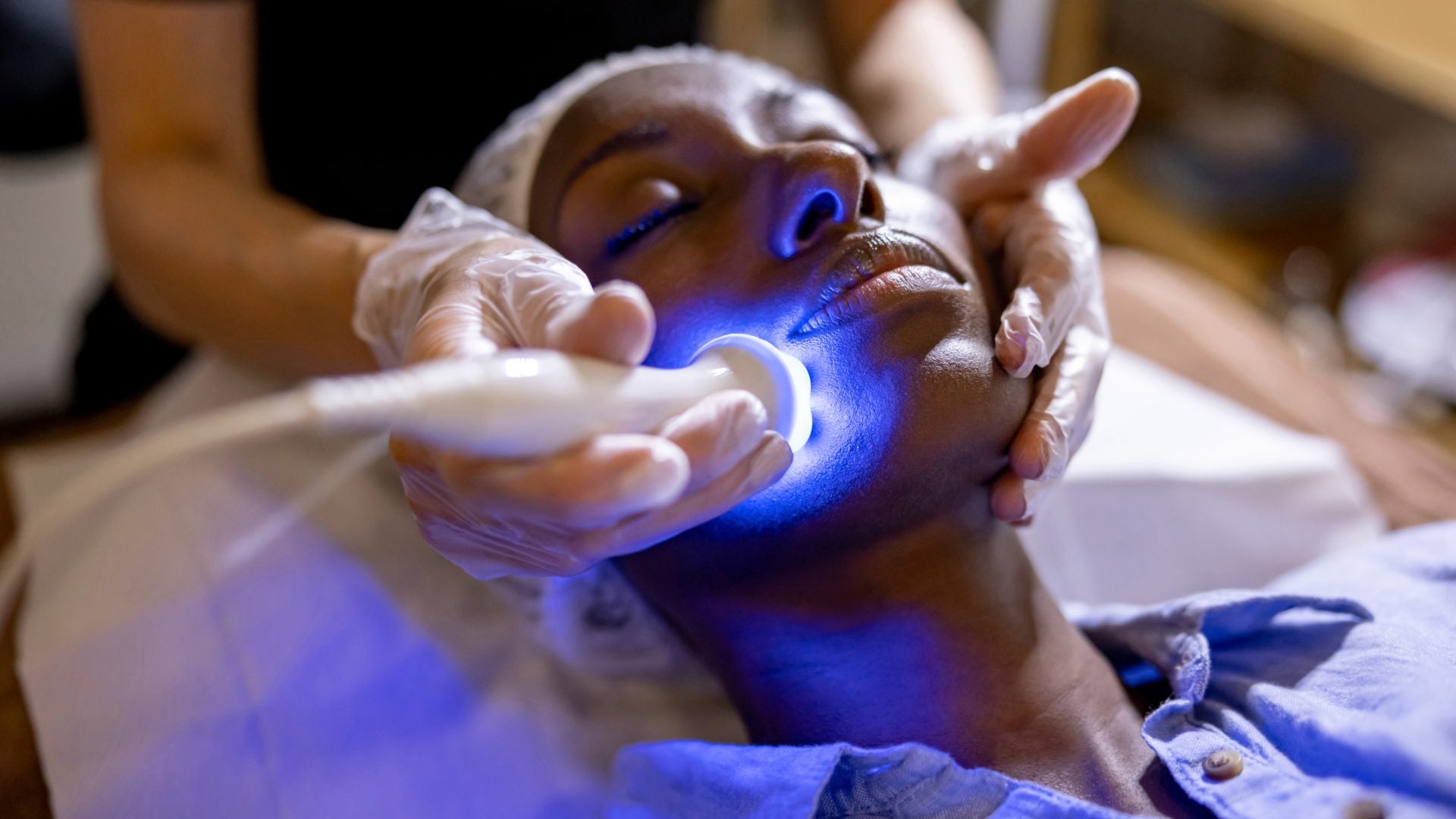
The Plasma-Rich Protein Facial (PRP) — a facial treatment even Megan Thee Stallion hesitates to try — aimed at boosting collagen and elastin production within your skin. You might have come across posts on social media showcasing individuals at the dermatologist’s office with a blood-enriched facial — and, just to clarify, it’s not Retinol. Commonly referred to as the “Vampire Facial,” the PRP facial uses plasma and platelets from your own facial blood to stimulate collagen generation in your skin.
According to MD Shilpi Khetarpal, the vampire facial “triggers collagen production by stimulating the body’s natural wound healing response,” she said. “Collagen is the latticework of the face, so a PRP microneedling treatment helps improve skin texture and tone.” Admist a range of available products targeting collagen enhancement such as Retinol Reform®, Universal Daily Peel, Facial Treatment Essence — or even skincare gadgets like the Anti-Aging Red Light treatments, what sets the vampire facial apart?
Opposed to other cosmetic facials, the (PRP) is regarded as a medical procedure. Medical dermatologist’s draw a small blood sample, and with a centrifuge, they extract the protein-rich plasma. From this plasma, they isolate platelets — oversized cells originating in your bone marrow, to help heal wounds. Then, the dermatologist refines the blood sample to concentrate platelet-rich plasma.
Although using PRP to stimulate collagen production is recent development in dermatology, orthopedic physicians routinely administer PRP injections to heal injured joints. The medical procedure is safe with moderate pain and side effects, which may include post-treatment bruising. Useful to darker skin, a skin complexion disproportionately affected by hyperpigmentation, the vampire facial can benefit scarring, sun damage, and wrinkles. The injection of PRP into the skin facilitates an upsurge in cell turnover, effectively stimulating the production of collagen and elastin in your skin.
To start the procedure, you may choose to have the PRP massaged onto your skin, after which the dermatologist will perform micro needling on your cheeks and forehead to introduce the plasma beneath the skin’s surface. Microneedling is a common skincare technique using minute, sterile needles to create controlled punctures in the skin. “Both PRP and microneedling stimulate collagen growth, and are complementary when done together,” Khetarpal explained. Another technique associated with the vampire facial is the “vampire facelift,” where the plasma can be reintroduced into your skin, similar to the application of fillers. For deeper lines and wrinkles, such as those that require hyaluronic acid fillers and Botox, additional injections can be administered alongside the PRP treatment.
If the sight of blood doesn’t give you pause, the vampire facial might offer a way to elevate your skin care regimen in less than an hour. This facial is known for its ability to visibly diminish fine lines and wrinkles, while also promoting enhanced collagen, elastin, tone, and texture, with lasting results. For optimal results, you may need an additional treatment after 4 to 6 weeks. As a result, relish in the joys of taut, rejuvenated skin featuring a smooth and even complexion, regardless of age – granted, of course, that blood doesn’t make you uneasy.





